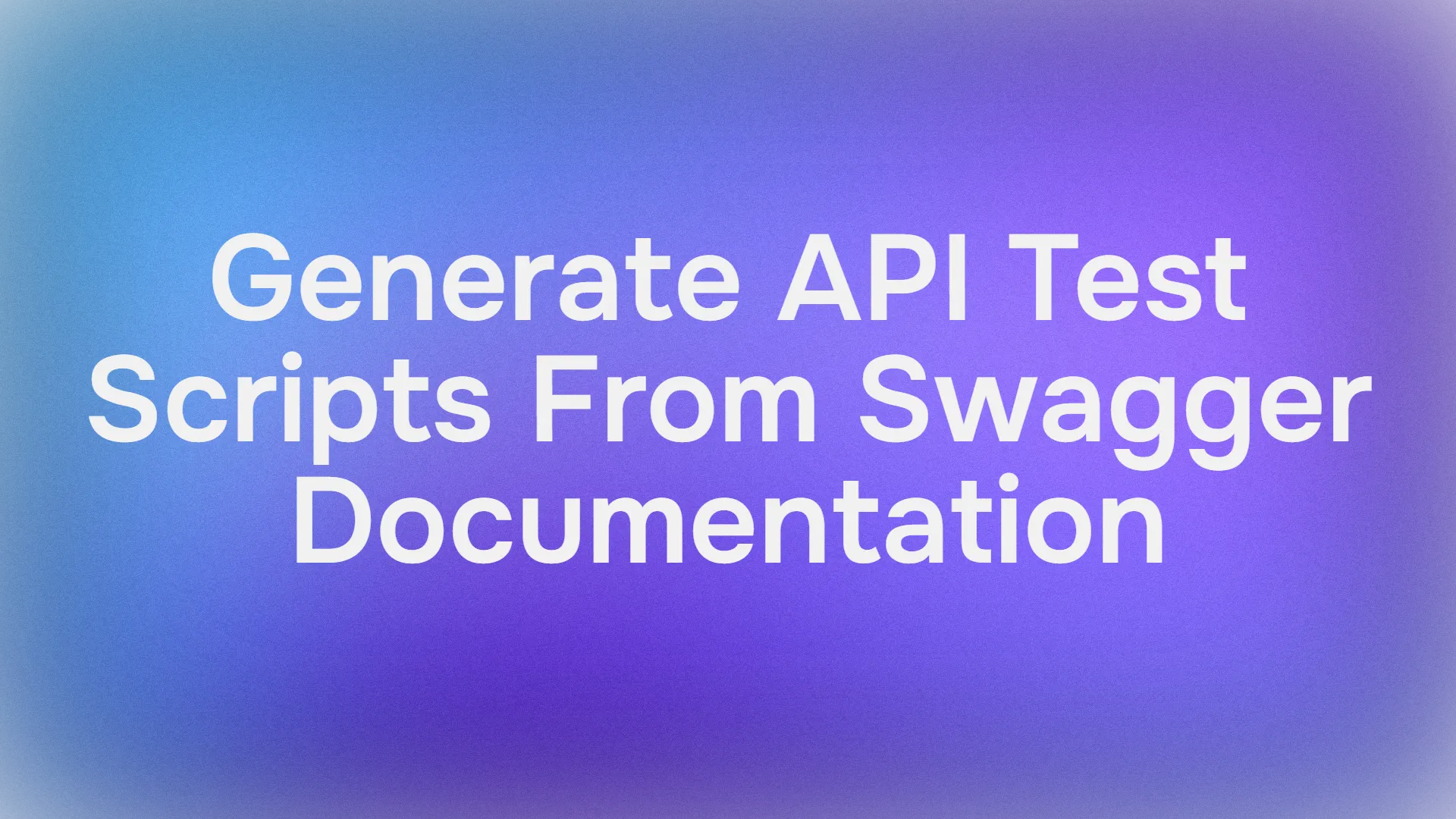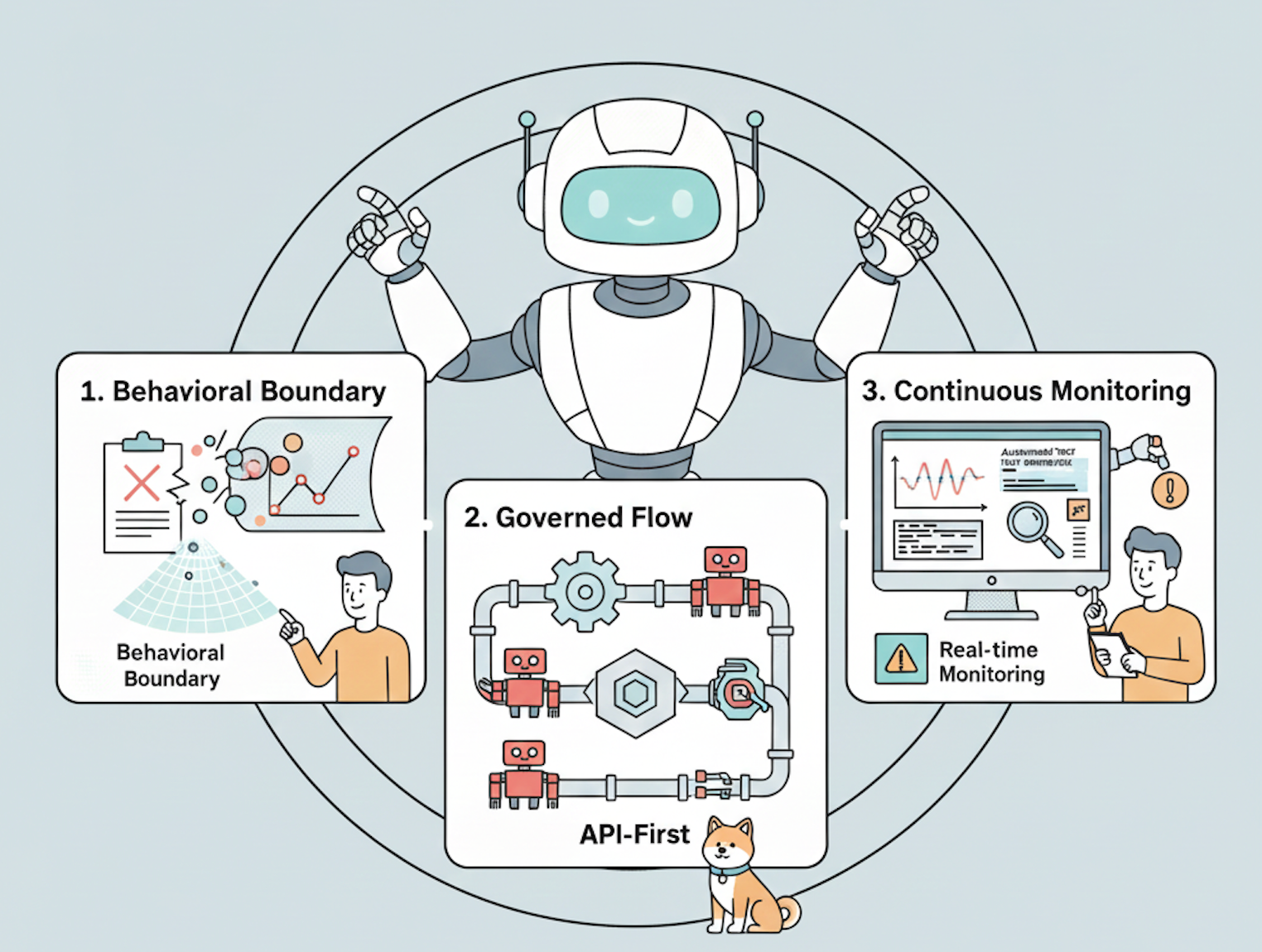If you've ever found yourself staring at a massive Swagger file, wondering how on earth you're going to manually write test scripts for every single API endpoint, you're not alone. In the world of API development, Swagger (now more commonly known as OpenAPI) has become the gold standard for documenting and designing APIs. But the real magic happens when you automate the generation of test scripts from that documentation. Today, we're diving deep into how to automatically generate API test scripts from Swagger documentation. I'll walk you through the why, the how, and the best tools to make your life easier. By the end, you'll be equipped to streamline your API testing workflow and ensure your OpenAPI specs are battle-tested.
Want an integrated, All-in-One platform for your Developer Team to work together with maximum productivity?
Apidog delivers all your demands, and replaces Postman at a much more affordable price!
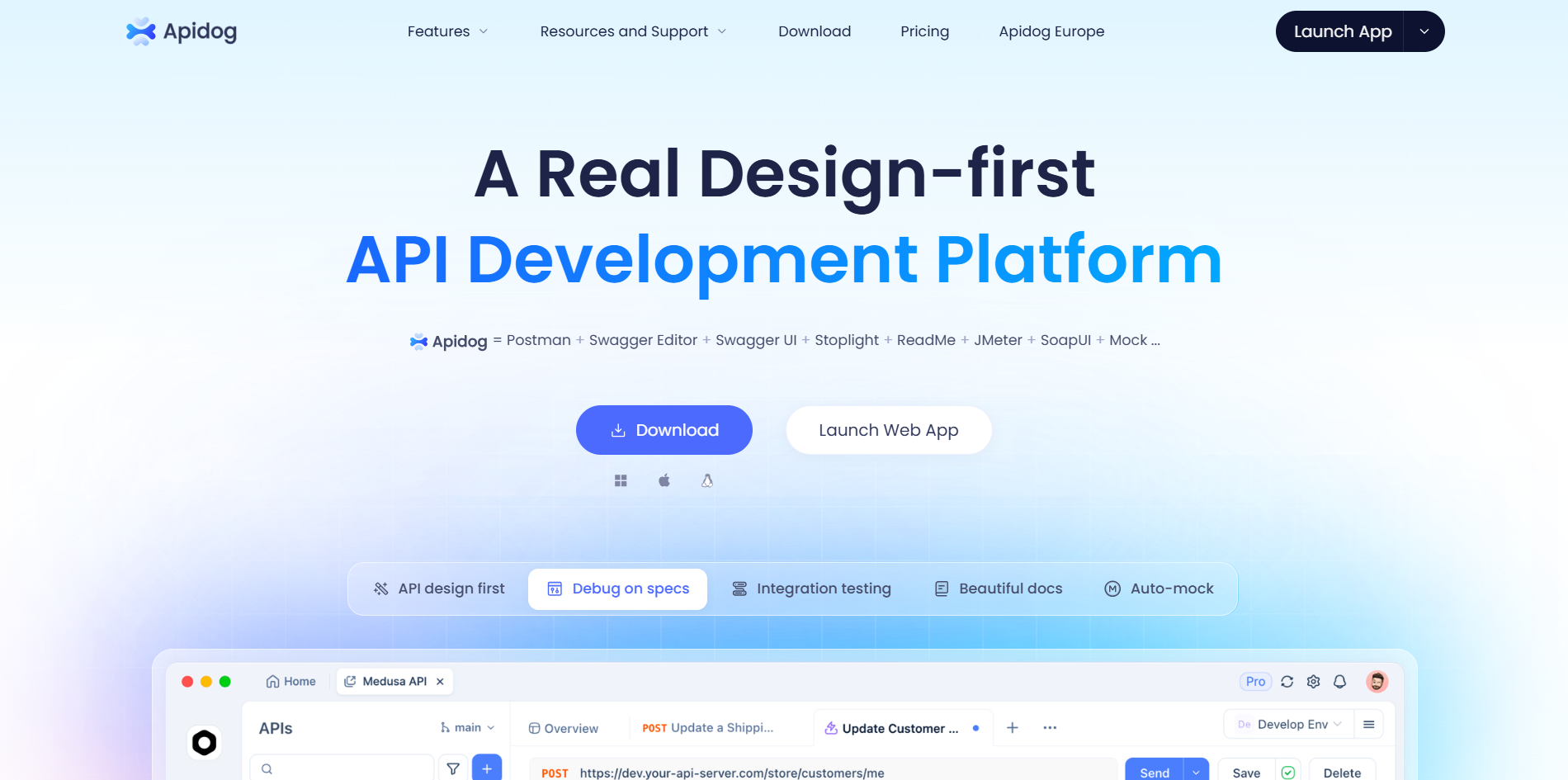
Let's start with the basics. What exactly is Swagger and OpenAPI? Swagger is the original name for what evolved into the OpenAPI Specification (or OpenAPI for short). It's a machine-readable format—usually in JSON or YAML—that describes your API's structure, including endpoints, parameters, request/response bodies, and more. Think of it as a blueprint for your API. When you have a solid OpenAPI document, it becomes a treasure trove for automation. Why bother automating test script generation? Well, manual testing is time-consuming, error-prone, and doesn't scale as your API grows. Automation ensures consistency, catches regressions early, and integrates seamlessly into CI/CD pipelines. Plus, with the rise of microservices and complex APIs, keeping your tests in sync with your Swagger/OpenAPI spec is crucial for reliability.
Now, imagine this: You import your Swagger file, and poof—test scripts pop out, ready to validate endpoints, schemas, and responses. Sounds dreamy, right? That's exactly what tools for automatic API test generation from Swagger documentation do. In this article, we'll explore a Python-based approach using OpenAPI Generator and openapi-core, plus a bunch of other powerhouse tools. I'll even share a ready-to-use script to get you started. And don't worry, we'll exclude any fluff about Legacy tools and focus on fresh alternatives like Apidog, which is a fantastic all-in-one platform for API design, testing, and more.

Why Swagger/OpenAPI is Perfect for Automated API Testing
Before we jump into the tools, let's geek out a bit on why Swagger and OpenAPI are so ideal for this. An OpenAPI spec isn't just documentation—it's executable. It defines schemas for requests and responses, HTTP methods (GET, POST, PUT, etc.), authentication requirements, and even error codes. Tools can parse this spec to generate realistic test data, mock servers, or full-fledged test suites. For instance, you can automatically create assertions for status codes, validate JSON schemas, or even simulate load tests.
In my experience, starting with a well-defined OpenAPI file saves hours. If your API is built with frameworks like Spring Boot, Express.js, or Flask, they often auto-generate Swagger docs. From there, automation kicks in. And according to recent trends, over 80% of APIs use OpenAPI for spec, making automated testing a must-have skill.
But enough theory—let's get practical. I'll start with a hands-on Python example, then move to other tools. This way, you can choose what best fits your stack.
Hands-On: Generating API Test Scripts with Python and OpenAPI Tools
If you're a Python fan (and who isn't?), let's build something custom. We'll use libraries like openapi-core for validation and pytest for running tests. The beauty here is that you can dynamically generate test functions based on your Swagger/OpenAPI spec. No more writing boilerplate!
First off, install the dependencies: pip install openapi-core pytest requests pyyaml. Grab your Swagger file (say, swagger.yaml) and place it in your project directory. The script below loads the spec, iterates through paths and operations, and creates pytest functions that hit your API endpoints, send requests, and validate responses against the OpenAPI schema.
Here's the code—copy-paste it into a file like generate_api_tests.py:
import os
import subprocess
import yaml
import pytest
import requests
from openapi_core import create_spec
from openapi_core.validation.request.validators import RequestValidator
from openapi_core.validation.response.validators import ResponseValidator
# Load Swagger/OpenAPI spec
def load_openapi_spec(spec_path):
with open(spec_path, 'r') as spec_file:
spec_dict = yaml.safe_load(spec_file)
return create_spec(spec_dict)
# Generate test cases dynamically
def generate_tests(spec_path):
spec = load_openapi_spec(spec_path)
tests = []
for path, path_item in spec.paths.items():
for method, operation in path_item.operations.items():
test_name = f"test_{method.upper()}_{path.replace('/', '_')}"
tests.append({
'name': test_name,
'method': method.upper(),
'path': path,
'operation': operation
})
return tests
# Pytest test function generator
def create_test_function(test_case):
def test_func():
base_url = "http://localhost:8080" # Replace with your API base URL
url = f"{base_url}{test_case['path']}"
response = requests.request(method=test_case['method'], url=url)
# Validate response against OpenAPI spec
spec = load_openapi_spec("swagger.yaml") # Path to your Swagger file
response_validator = ResponseValidator(spec)
result = response_validator.validate(response=response)
result.raise_for_errors()
assert response.status_code in [200, 201], f"Expected 200/201, got {response.status_code}"
test_func.__name__ = test_case['name']
return test_func
# Dynamically add tests to pytest
def pytest_generate_tests(metafunc):
spec_path = "swagger.yaml" # Path to your Swagger file
tests = generate_tests(spec_path)
for test_case in tests:
test_func = create_test_function(test_case)
setattr(metafunc.cls, test_case['name'], test_func)
# Example test class
class TestAPI:
pass
To get started: Update the base_url to your API's address (e.g., a local server or staging environment). Run pytest generate_api_tests.py -v, and watch as it generates and executes tests for each endpoint. This script handles basic validation, but you can extend it for query params, auth tokens, or custom assertions. It's a great foundation for Swagger/OpenAPI-driven API testing—scalable and spec-compliant.
For more advanced generation, check out OpenAPI Generator. It's a CLI tool that can spit out test skeletons in Python, Java, or even JavaScript. Install it via npm install @openapitools/openapi-generator-cli -g, then run openapi-generator generate -i swagger.yaml -g python-pytest -o ./tests. Boom—ready-made pytest files! To start: Download your spec, run the command, tweak the generated code, and integrate into your repo.
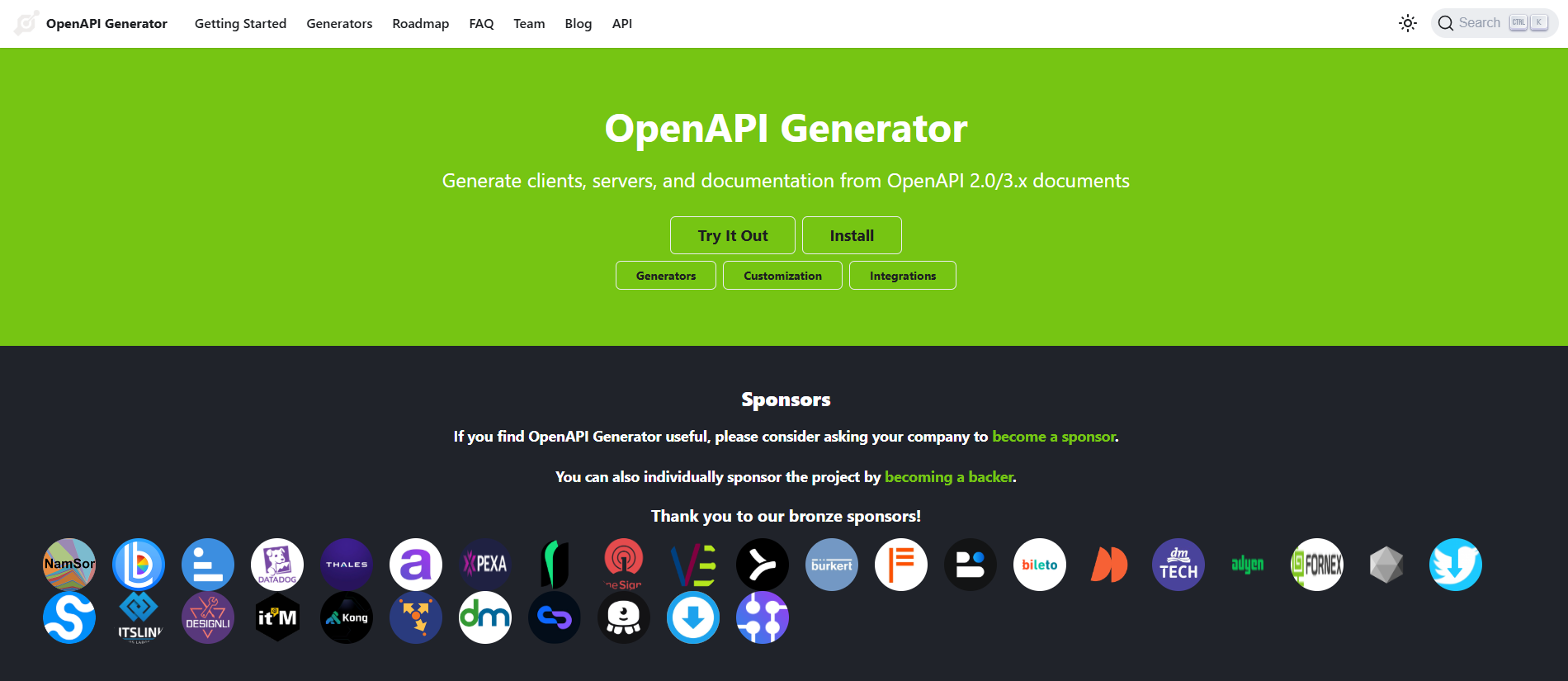
Another solid option is Dredd, a dedicated API testing tool. It's lightweight and focuses on contract testing against your OpenAPI spec. Get started by installing npm install -g dredd, then dredd init in your project folder. Point it to your Swagger file in the config, and run dredd. It hooks will let you customize hooks for data setup. Perfect for quick, spec-based API validation.

Replacing Manual Drudgery: Introducing Apidog for API Test Automation
Now, let's talk about Apidog, a versatile platform that's like a Swiss Army knife for API work. It combines design, documentation, and testing in one spot, making it an excellent replacement for clunky alternatives. Apidog shines in generating test scripts from Swagger/OpenAPI specs by importing your file and auto-creating test scenarios.
How to get started with Apidog? Head to apidog.com and download the desktop app (available for Windows, Mac, Linux) or use the web version. Create a new project, import your Swagger/OpenAPI file via the "Import" button (supports JSON/YAML directly). Once imported, switch to the "Tests" module, click the "+" to create a new scenario, and select endpoints from your spec.
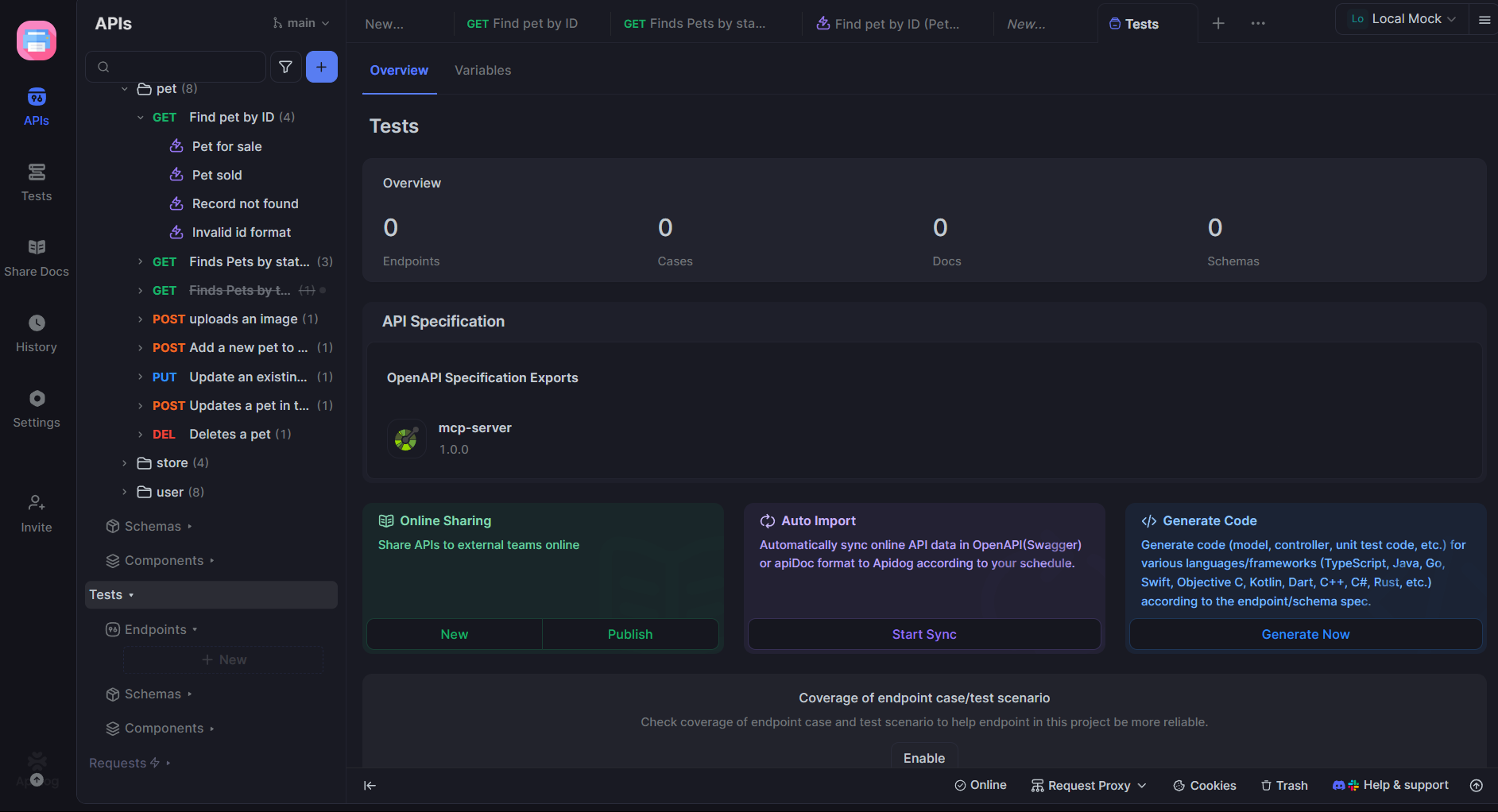
Apidog auto-generates requests with sample data from schemas and basic assertions like status codes. Run them in the built-in runner or export as scripts for frameworks like pytest or Jest. It's user-friendly for teams, with collaboration features, and as of 2025, it supports AI-assisted test tweaks. If you're tired of switching tools, Apidog streamlines your entire API lifecycle.
Top Tools for Automatic API Test Generation from Swagger/OpenAPI
Beyond custom scripts and Apidog, there are some killer tools tailored for this. Let's break them down, with quick starts for each. These are optimized for SEO-friendly searches like "best Swagger API test generators" or "OpenAPI automated testing tools."
1. Swagger Tooling & ReadyAPI (Formerly SmartBear)
ReadyAPI is a powerhouse for comprehensive API testing. You can import your OpenAPI definition directly into Swagger or ReadyAPI to automatically generate functional, security, and load tests. It handles schema validation, assertions, data injection, and even one-click load test creation.
To get started: Visit https://swagger.io/solutions/api-testing/ and download ReadyAPI (free trial available). Import your Swagger file via the "Import" wizard, select "Generate Test Suite," and choose test types (e.g., functional for endpoint checks). Customize assertions in the visual editor, then run or schedule tests. It's enterprise-grade, ideal for robust API testing pipelines.
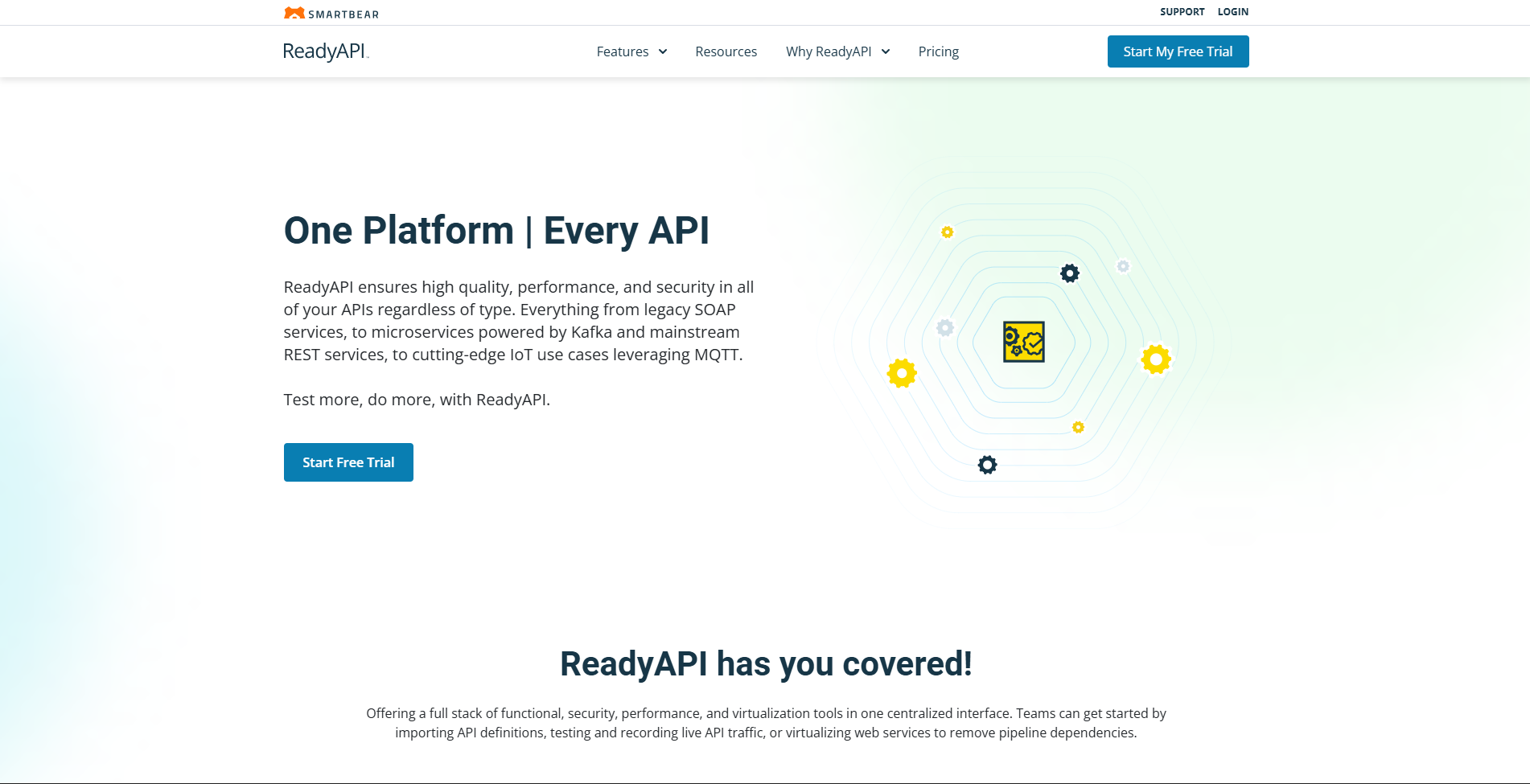
2. VS Code Extension: API Test Builder
If you're glued to VS Code, this extension is a game-changer. The API Test Builder generates boilerplate test scripts for Playwright or Cypress directly from Swagger/OpenAPI files. It supports OpenAPI 3.0 and Swagger 2.0, creating structured directories with sample requests, basic response assertions (like HTTP status codes), and organization by tags.
Getting started: Install from https://marketplace.visualstudio.com/items?itemName=mlourenco.api-test-builder. Open your JSON/YAML file in VS Code, right-click, and pick "Swagger to Cypress" or "Swagger to Playwright." It auto-generates files—review, add custom logic, and run via your framework's CLI. Super quick for frontend devs integrating API tests.

3. Codespell.ai for Automated Script Generation
Codespell.ai takes AI to the next level for test gen. Upload your Swagger spec, and it automatically generates fully-formed test scripts aligned with your framework. Review and customize before execution, with seamless CI/CD integration.
To start: Go to https://www.codespell.ai/blog/generating-automated-tests-from-swagger-specs-and-excel-inputs. Sign up (free tier), upload your OpenAPI file, select your language/framework (e.g., Python, Java), and hit generate. Edit the output in their editor, then export or run directly. It's AI-smart, handling edge cases like negative tests, and perfect for non-coders dipping into API automation.

4. Katalon Studio’s AI-Powered Test Generator (Beta)
Katalon Studio's beta feature uses AI to whip up API tests from specs. Import your OpenAPI/Swagger, enable auto-generation, and select endpoints for status code verification-focused cases.
Starting out: Download Katalon Studio Enterprise from https://docs.katalon.com/katalon-studio/create-test-cases/generate-api-tests-with-ai-beta (version 9.6.0+). Import spec in the API module, toggle "auto-generate," pick endpoints, and generate. Note: It's beta, so watch for hallucinated snippets—manual tweaks needed. Great for low-code API testing in teams.
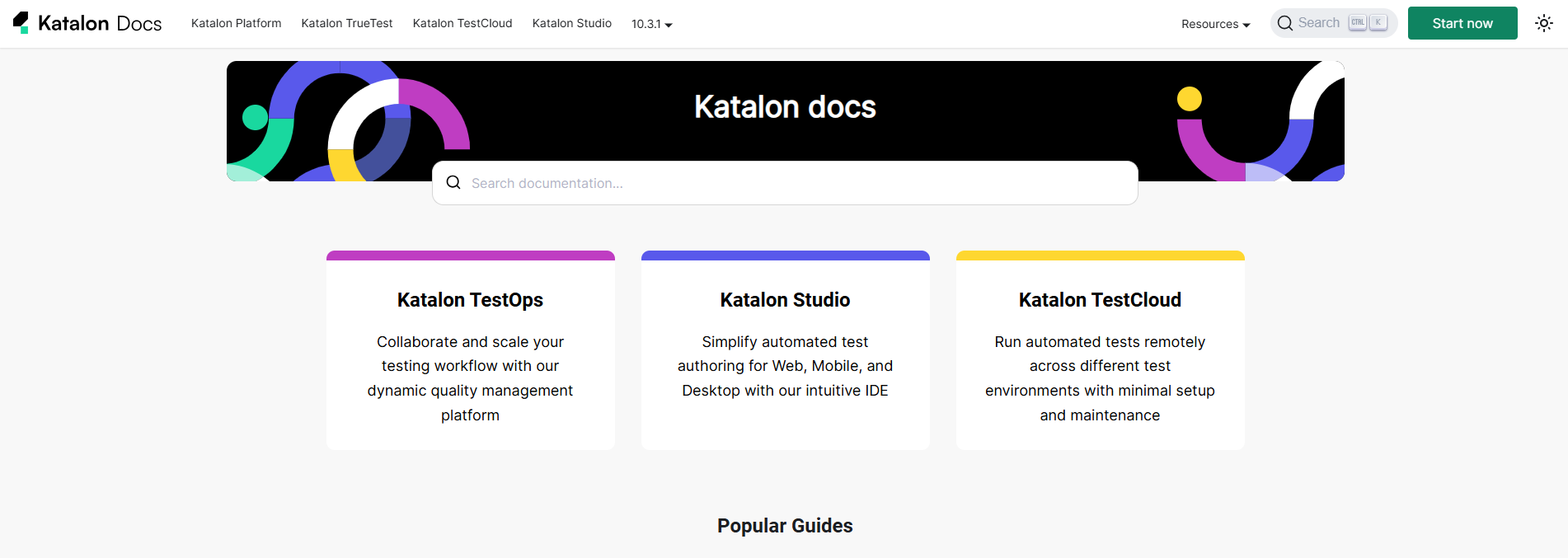
5. Meqa: No-Code Test Suites from OpenAPI Specs
Meqa is a CLI/Docker tool for no-fuss test suites. It reads your OpenAPI YAML, generates CRUD-based and object-level tests, infers relationships, and provides editable YAML plans.
To get going: Clone from https://github.com/meqaio/swagger_meqa. Install via Docker (docker run meqa/swagger_meqa your-spec.yaml) or CLI. Run the command with your spec path—it outputs test plans. Edit the YAML, then execute for reports. Ideal for schema conformance checks without writing code.
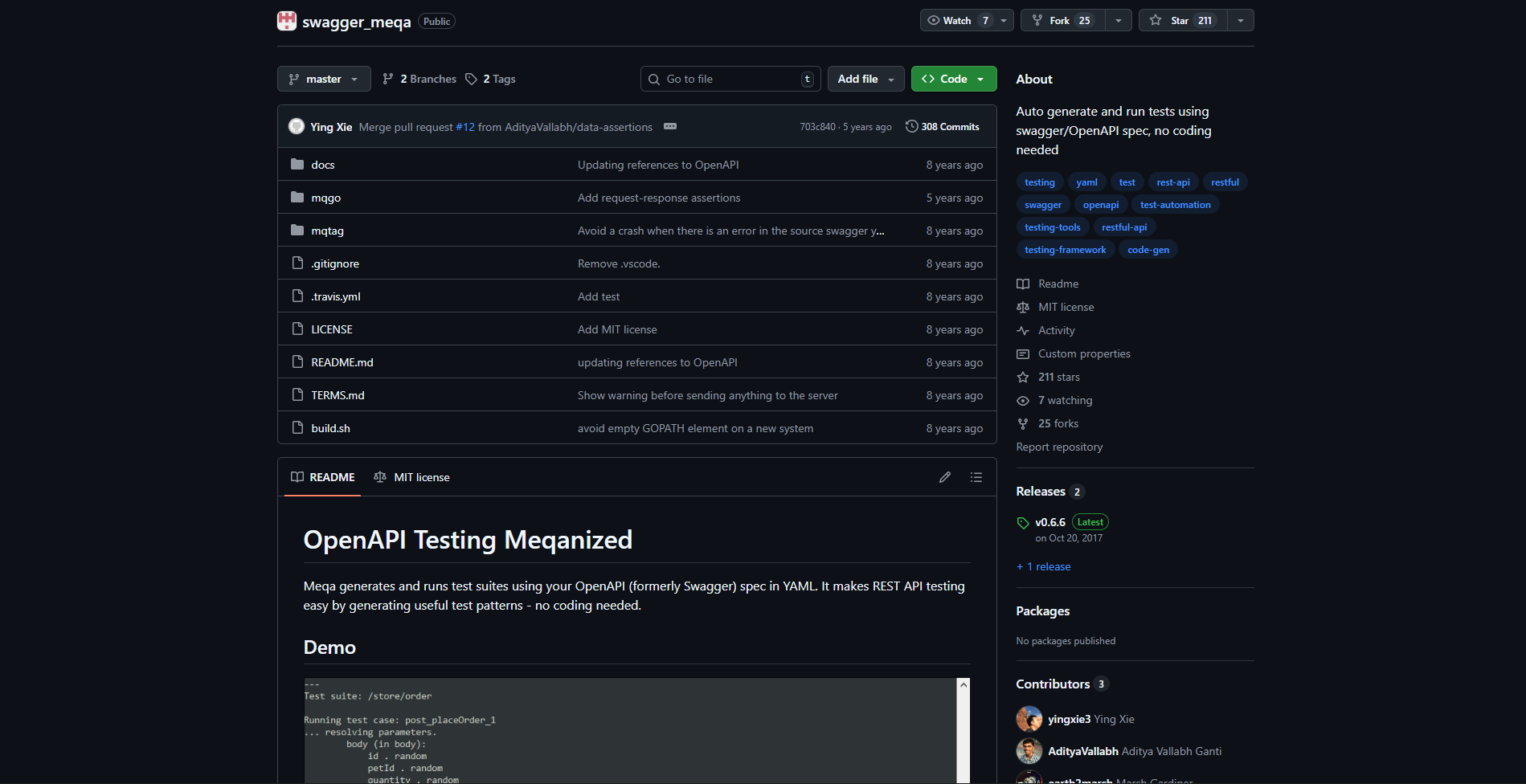
Best Practices for Swagger/OpenAPI API Test Automation
Whew, that's a toolkit! But to make it stick, follow these tips: Always validate your OpenAPI spec first (use tools like Apidog and Spectral). Start small—test one endpoint manually, then automate. Integrate into CI/CD (e.g., GitHub Actions with pytest). Handle auth and mocks for realism. Monitor for spec changes; tools like these keep tests in sync.
In conclusion, automating API test scripts from Swagger documentation transforms chaos into control. Whether you're scripting in Python, using Apidog's all-in-one magic, or leveraging AI in Codespell, the future of API testing is automated and spec-driven. Give one a spin today—your future self will thank you!
